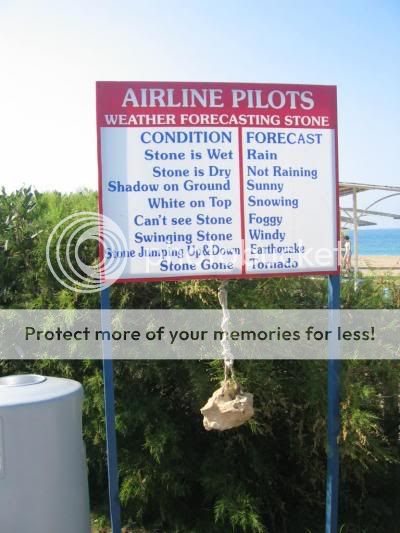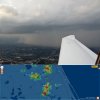ebykowsky
Cleared for Takeoff
- Joined
- Dec 12, 2012
- Messages
- 1,405
- Display Name
Display name:
goalstop
It's getting to the time of year here where we get thunderstorms on a regular basis, sometimes every day for a week. I know there are several predictive technologies out there for Tstorms, but how do you all use them? If there is a warning of convective activity in the area (even with no visible precip) do you guys fly? How conservative should one be when making a go-no-go call? I just have seen several warnings for convection on weather charts and even more METARS and TAFs with "TS" that turn out to be nothing. Obviously any significant or developing precip on a radar would be immediate no-go if in the area.







